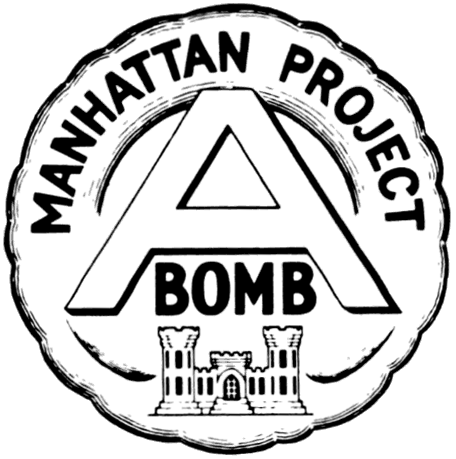Jim Johnson was an ordnanceman at Los Alamos from 1944 to 1945. He was born on January 8, 1926, and started work at the Naval Ordnance Test Station at China Lake, Califiornia in 1944. He aided in the construction of the firing site for the Trinity test. Johnson witnessed the Trinity test as well as a series of atmospheric tests in the years after the Second World War. He started at the Los Alamos National Laboratory in 1952 and worked there until his retirement in 1986.
Johnson recalled later,
"In 1944 and 45 I was employed as an ordnance-man at the Naval Ordnance Test Station at China Lake, California. In 1945 Los Alamos didn’t have a firing site capable of firing a full scale Fat Man with dummy pit. In fact, the only large firing site at old Anchor Ranch could barely handle one lens, so they came to the Navy and asked us to build some firing sites. Several 50 lb. Firing chambers were built and equipped with rotating mirror cameras, and in a large valley in the extreme eastern portion of our range a large underground control room and firing site was built similar to the Los Alamos TA-33 site, which was later built. They also trained and equipped an assembly team of our ordinance-men to assemble the fat man. This team assembled most of the dummy bombs, which were then taken to Wendover for practice drops. Many if not all drops were made on our rocket testing ranges.
"When the full-scale site was finished, our assembly team put one together with a pit of depleted uranium but real explosives. The bomb was put on its’ trailer and I gave it a “rough handling test” by driving it over our washboard desert roads for a couple of hours and then delivered it to the firing site. An A-frame had been constructed over a concrete pad at ground zero; we hoisted the bomb on a chain, went away, and dropped it 6 feet onto the pad. Los Alamos people inspected it, and then we all went away again leaving Los Alamos people in the control room. It was the middle of the night before they fired it, and I watched from under a Sherman tank on a hilltop about a mile away. It was the most spectacular thing that I had ever seen up until then. The pyrophoric pit created a huge fountain of burning metal, which set fire to the surrounding desert for almost a mile around, and we spent the rest of the night putting out brush fires.
"I left NOTS right after the war, went back in 1950, and then came to Los Alamos in 1952. Not in time for Mike, but I did watch Bravo from Parry Island, and have been to most of the atmospheric tests from 1953 on."





